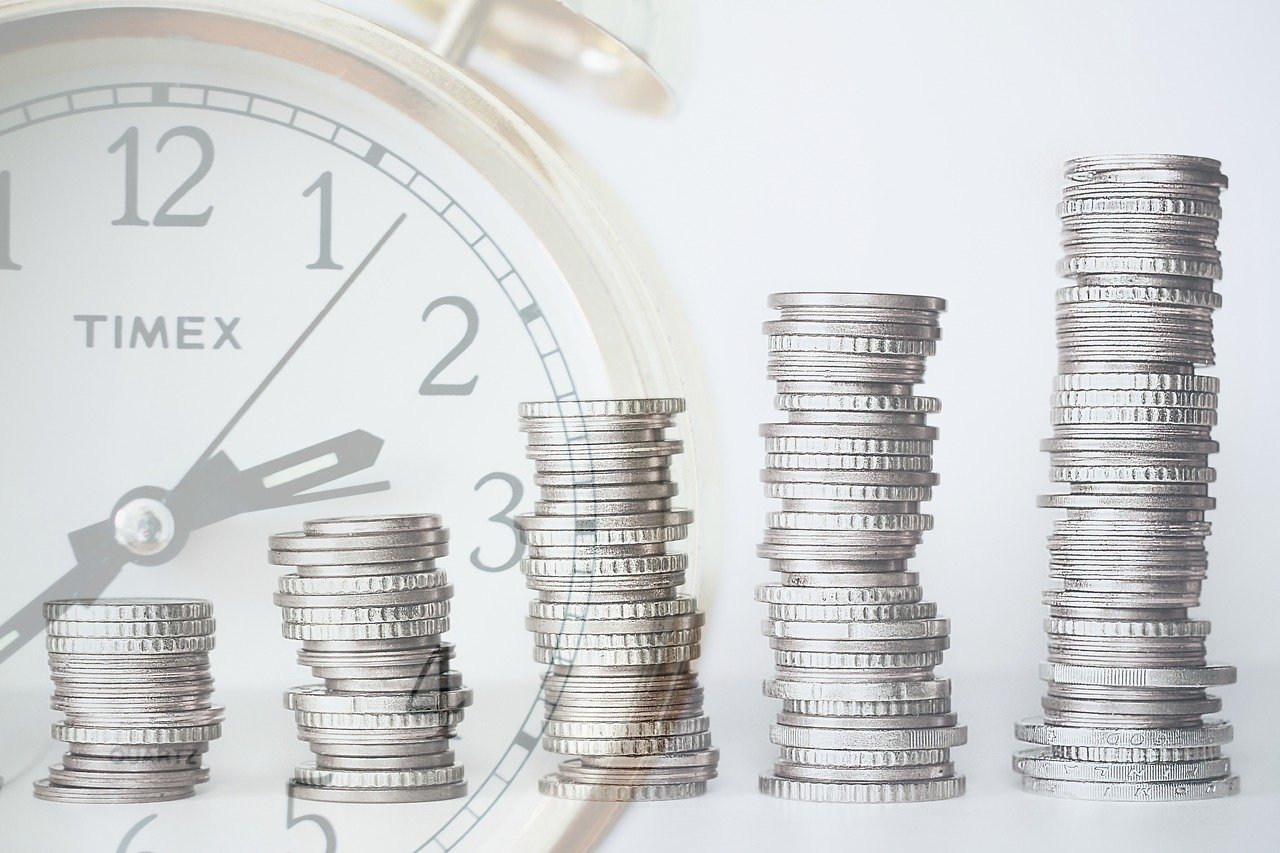

Investment-grade and high-yield credit spreads are on the cusp of post-GFC tights. Many worry that rising inflation will push up Treasury yields in coming weeks or months. If that scenario worries you, is that incremental spread income (currently 95bp for IG; 325bp for high yield) worth the rate risk?
Short answer – probably yes for high yield but no for investment grade.
Correlations Are High for Investment Grade and Nonexistent for High Yield
In this exercise, we calculate weekly total returns for investment-grade and high-yield corporate indices and also for the five-year and 10-year constant maturity Treasury for the period 1990 to the present.[1] We then calculate correlations between the investment-grade and 10-year CMT returns and also between high-yield and five-year CMT returns, respectively.[2]
This article is only available to Macro Hive subscribers. Sign-up to receive world-class macro analysis with a daily curated newsletter, podcast, original content from award-winning researchers, cross market strategy, equity insights, trade ideas, crypto flow frameworks, academic paper summaries, explanation and analysis of market-moving events, community investor chat room, and more.
Summary
- With many investors worried about the prospect of rising rates, we review the historical relationship between Treasury returns and investment-grade and high-yield returns.
- We find that while investment grade has a high degree of rate risk, high yield has little or none.
Market Implications
- We reiterate our view that high yield offers better value than investment grade at this point in the cycle due to muted exposure to rate risk and default risk. Investors can gain exposure to high yield via JNK and HYG ETFs.
Investment-grade and high-yield credit spreads are on the cusp of post-GFC tights. Many worry that rising inflation will push up Treasury yields in coming weeks or months. If that scenario worries you, is that incremental spread income (currently 95bp for IG; 325bp for high yield) worth the rate risk?
Short answer – probably yes for high yield but no for investment grade.
Correlations Are High for Investment Grade and Nonexistent for High Yield
In this exercise, we calculate weekly total returns for investment-grade and high-yield corporate indices and also for the five-year and 10-year constant maturity Treasury for the period 1990 to the present.[1] We then calculate correlations between the investment-grade and 10-year CMT returns and also between high-yield and five-year CMT returns, respectively.[2]
First, we do a simple scatterplot and regression of Treasury returns against investment-grade and high-yield returns (Charts 1a and1b). Over a 30-year period beginning in 1990, the R2 for IG is .60, indicating a close (but hardly perfect) relationship. Looking at the recent trading regime since the election (orange points), the R2 rises modestly to .66.
High yield is another story entirely. Whether looking at the full study period or since the election, the R2 is close to zero.
Orange points cover the period from the US election to present.
Mind Those Outliers
Sharp readers may notice several extreme outliers in both charts. Most of these occurred during the turmoil of autumn 2008 after Lehman Brothers collapsed and early spring 2020 when the coronavirus lockdowns started. When we exclude these points, the R2 for investment grade rises modestly, but the overall conclusion is unchanged. Investment-grade returns tend to follow Treasury returns. And high yield is essentially independent of Treasuries.
(It is fair to exclude extreme outliers if we want to understand the normal relationship between IG and Treasury returns 99% of the time. But we caution that the outliers also provide valuable information about the residual mark-to-market risks of investing in corporate credit. That, along with default risk, is why corporate bonds pay a risk premium over Treasuries.)
Investment Grade Mostly Follows Treasuries
A regression analysis tells us something about the average relationship between corporate bond and Treasury returns over time, but nothing about whether or how it changes over time. Rolling correlations over periods ranging from six months to two years provide useful insight here (Charts 2a and 2b).
Investment-grade returns correlations are frequently well above .8 and only fall below that level during periods of extreme stress:
- In 1998, Russia defaulted, and Long-Term Capital imploded.
- In 2004, Ford and GM were downgraded to junk (together, they accounted for 8% of the investment-grade market).
- In 2008-09, the financial crisis sent defaults soaring.
- In 2016, oil prices collapsed, sparking a spate of downgrades and defaults in the energy sector.
- In 2020, economic growth collapsed during the second quarter as coronavirus lockdowns shut down the US (and global) economy.
High-yield rolling correlations, on the other hand, have mean reverted around zero and are often negative.
How Does High Yield Fend Off Treasuries Rate Risk?
From a rate risk standpoint, investment grade is similar to Treasuries – except for periods of extreme market stress.
High yield differs from investment grade in two major ways. First, it is more equity like. If rates are rising because the economy is doing well and equities are also rising, that tends to cause spreads to tighten, consequently offsetting rate risk. Likewise, in down markets, equities fall and high-yield spreads widen and therefore do not rally with Treasuries.
Second, the much wider credit spread cushions high-yield returns from the price volatility of Treasuries.
We continue to favour high yield over investment grade at this point in the cycle. With the combination of strong fiscal and monetary policy support for the foreseeable future, there is little risk of the economy falling into a recession barring some major exogenous shock – so the default rate outlook is sanguine. If Treasury yields do rise further in coming months, it will weigh far more on investment grade than high yield.
Investors can gain exposure to high yield via JNK and HYG ETFs.
-
Total return is price change plus coupon income. Constant Maturity Treasuries are yield series; we estimate price changes using duration. Total return series for investment-grade and high-yield indices are available from the FRED database maintained by the Federal Reserve Bank of St. Louis. ↑
-
IG and HY have durations similar to 10-year and five-year Treasuries, respectively. ↑
Over a 30-year career as a sell side analyst, John covered the structured finance and credit markets before serving as a corporate market strategist. In recent years, he has moved into a global strategist role.
(The commentary contained in the above article does not constitute an offer or a solicitation, or a recommendation to implement or liquidate an investment or to carry out any other transaction. It should not be used as a basis for any investment decision or other decision. Any investment decision should be based on appropriate professional advice specific to your needs.)
